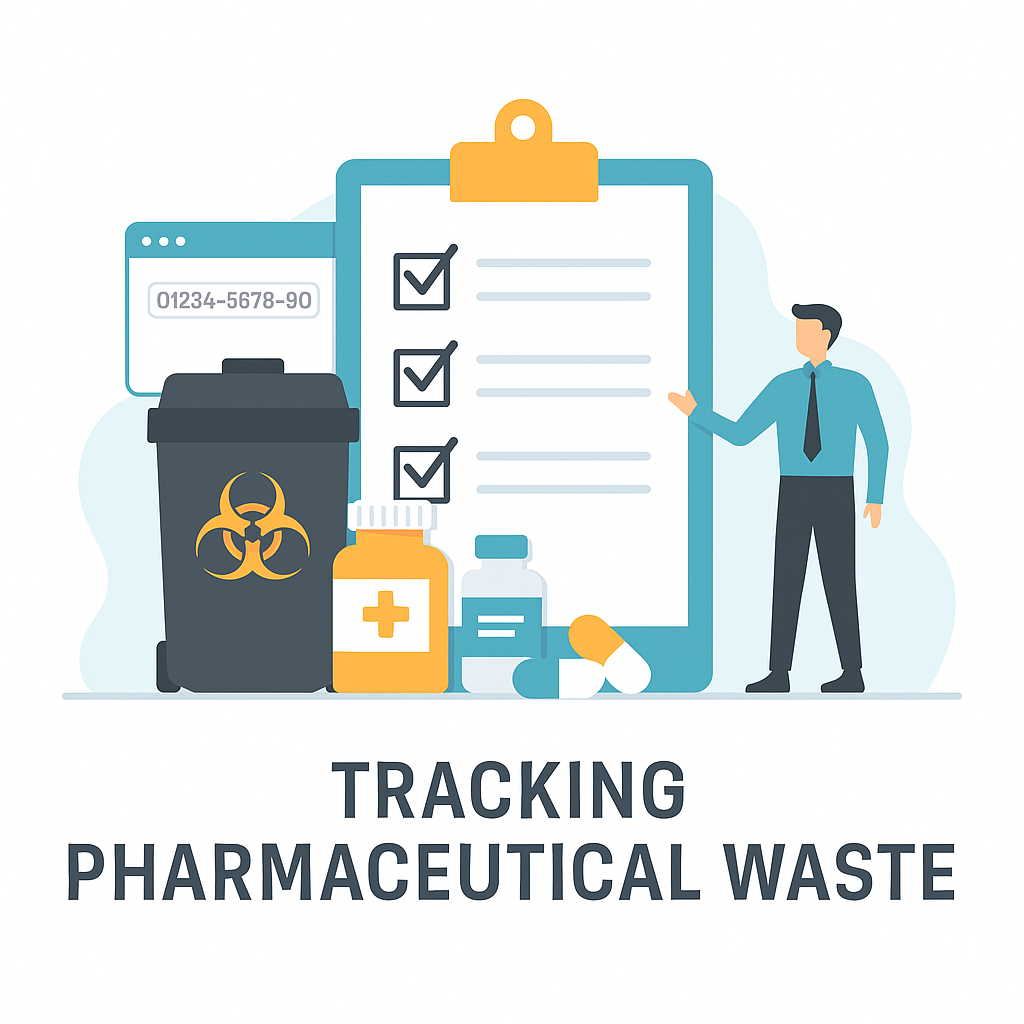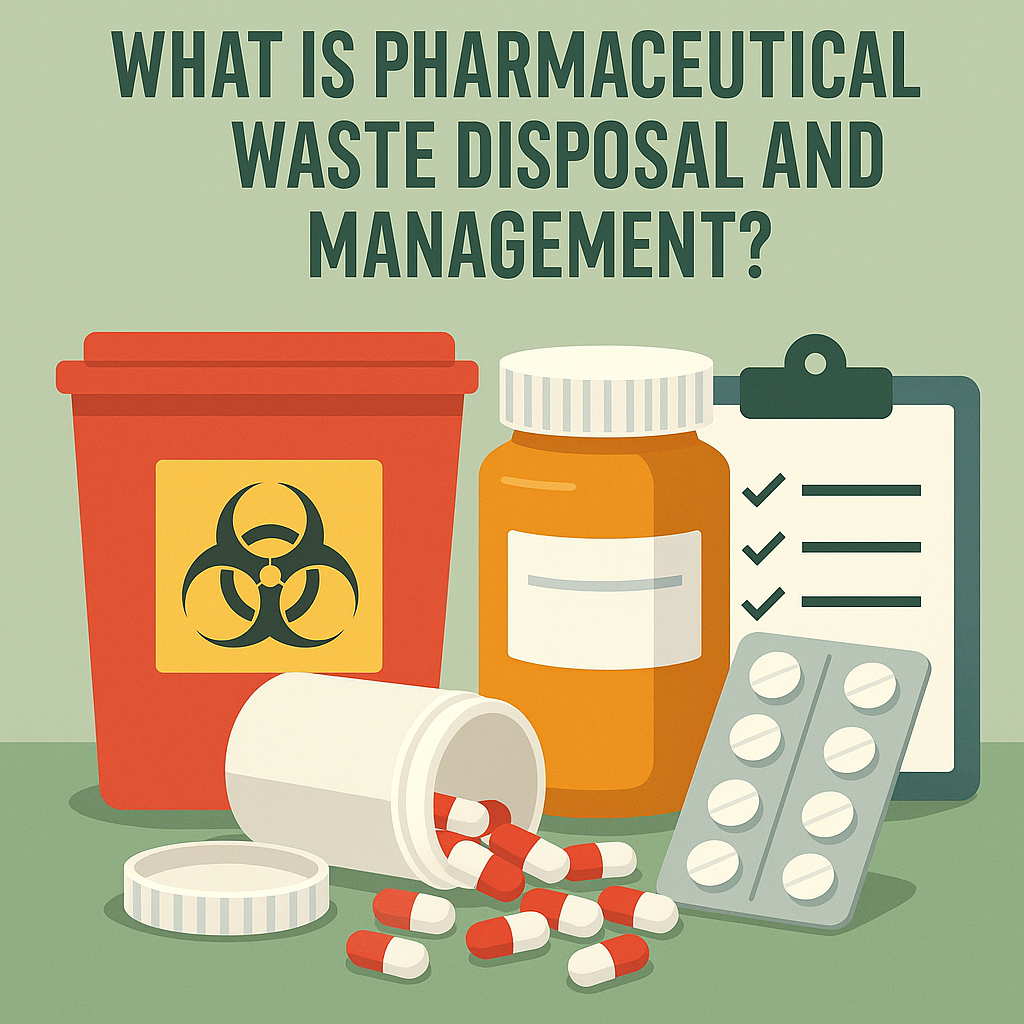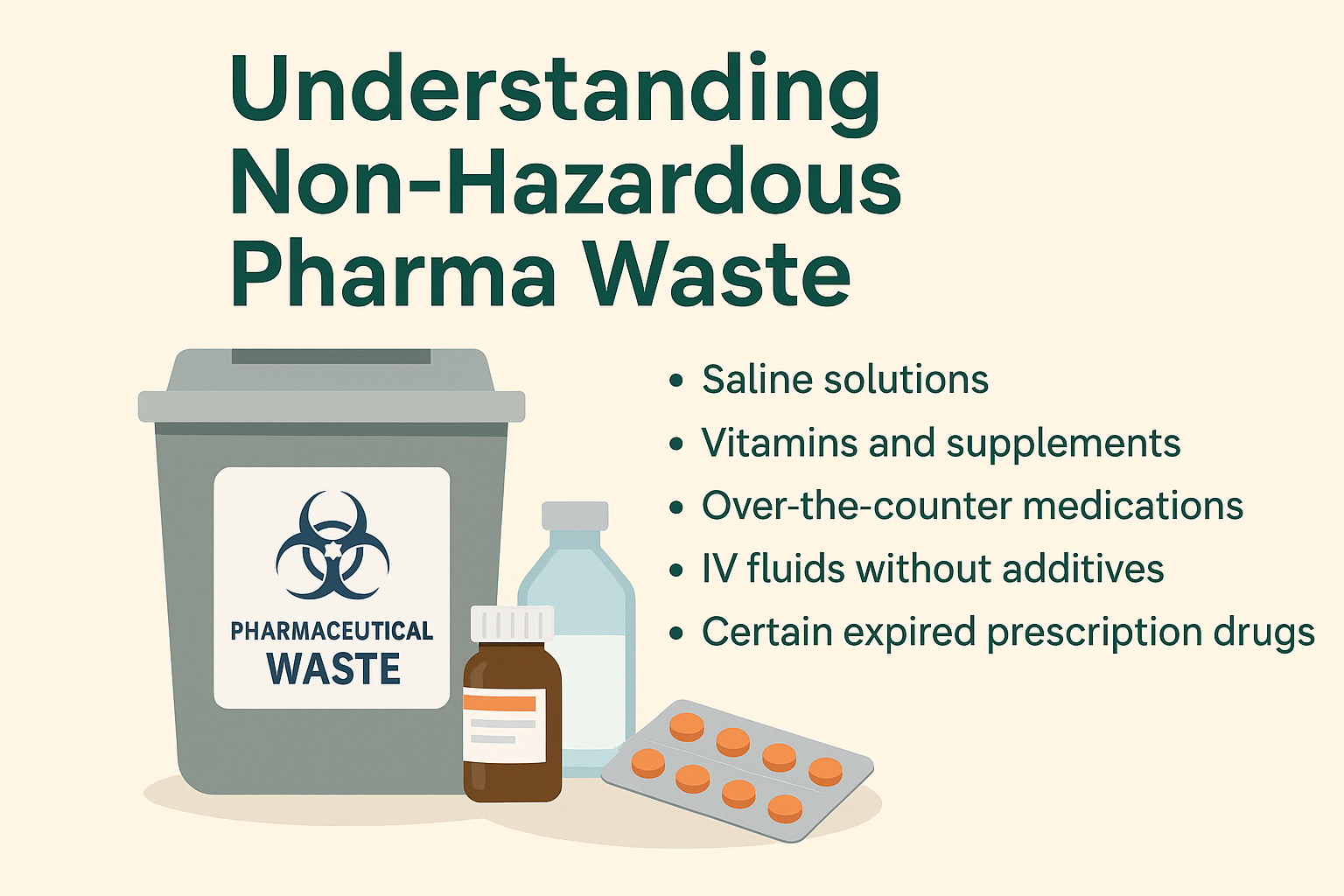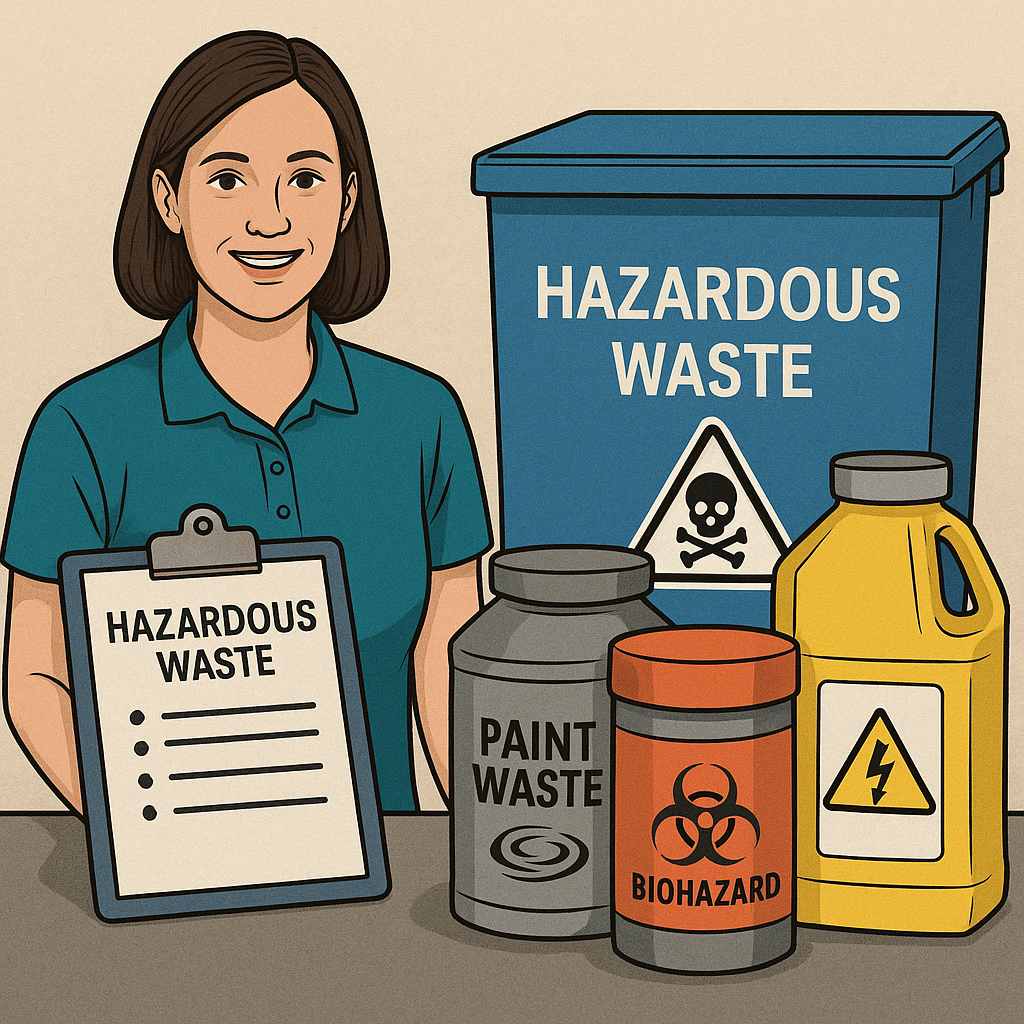What Is Pharmaceutical Waste Disposal and Management?
What Is Pharmaceutical Waste Disposal and Management? A Full Guide for Southeast Healthcare Facilities and Businesses
3 min read
Chuck Miller : May 26, 2025 2:30:45 PM

Healthcare facilities often struggle with a silent but costly issue: inefficient pharmaceutical waste processes. Without a clear system to track expired, damaged, or unsellable medications, your team is vulnerable to:
Regulatory violations
Inventory losses
Missed pickups from reverse distributors
Procurement issues due to overstock or misused inventory
If your team is chasing DEA forms at the last minute, guessing which drugs are expired, or overpaying for returns, you need a better way to track pharmaceutical waste—from procurement to final destruction.
Modern healthcare operations are solving this with a clear, 4-part system:
Standard Operating Procedures (SOPs)
NDC (National Drug Code) / NCP (National Product Code) Integration
Real-time DEA compliance readiness
Coordinated pickups with reverse distributors
Let’s break down how each one improves performance.
Start with clearly documented Standard Operating Procedures (SOPs) that define:
When waste is flagged (damaged, expired, recalled, etc.)
Who logs and verifies the product
Where and how it is stored before pickup
How reverse distributor pickups are scheduled
How DEA forms (like Form 222 and Form 41) are completed and retained
SOPs ensure consistency, reduce training time for new staff, and avoid compliance risks.
Include waste handling as part of your procurement and inventory SOPs, so staff knows exactly how to handle returned or slow-moving stock before it becomes waste.
Every prescription drug has an NDC (National Drug Code) or NCP. By tying these product codes to your waste tracking software, you can:
Instantly identify which products are regulated as hazardous waste pharmaceuticals
Flag upcoming expiration dates
Track where products originated (useful for pharmaceutical reverse logistics)
Improve inventory forecasting for procurement teams
You receive 12 bottles of Schedule II medication with an expiration in 6 months. By logging the NDC at intake and running a monthly report, your system alerts you when it’s 60 days from expiration—allowing for proactive returns or use reallocation.
If your current compliance process includes paper logs, binders, or last-minute scrambling to complete DEA Form 222 or Form 41, you’re at risk.
Facilities that use digital DEA-integrated tracking systems can:
Auto-fill DEA forms based on NDC/NCP data
Instantly generate Certificates of Destruction (CODs)
Log chain-of-custody for all controlled substance pickups
Avoid fines during DEA audits
Schedule and confirm pickups with reverse distributors
This is especially critical for organizations handling Schedule II-V substances that require strict documentation and destruction records.
By aligning your inventory system with SOPs, waste tracking, and compliance data, scheduling pickups with your reverse distributor becomes a breeze.
No more:
Guessing what needs to be returned
Waiting on rep calls
Worrying about DEA paperwork last minute
Missing your scheduled pickup window
Instead, you’ll know:
Exactly what is ready for pickup
What forms need to be prepared
What disposal costs to expect
How to close the loop with audit-ready documentation
Facilities that track pharmaceutical waste properly often save 15–30% in labor hours tied to returns, while ensuring compliance with DEA and EPA rules.
| Benefit | Impact |
|---|---|
| Less inventory waste | Smarter ordering and returns |
| DEA audit readiness | Avoid penalties or shutdowns |
| Time savings | Fewer hours chasing forms and reps |
| Smarter procurement | Visibility into what’s being overstocked or wasted |
| Better compliance | Consistent documentation and SOP adherence |
| Faster pickups | Coordinated with actual waste levels |
At Easy Rx Cycle, we help facilities streamline their pharmaceutical waste tracking by:
Building SOP templates that align with your workflow
Mapping NDCs/NCPs to waste risk and regulatory status
Assisting with Form 222 and 41 completion
Providing pickup scheduling tools that integrate with your inventory
Supporting both hazardous and non-hazardous waste tracking
Delivering flat-rate pricing with no surprises
Whether you run a retail pharmacy, long-term care facility, hospital, or veterinary clinic, we help you tie waste to workflow—and make compliance effortless.
Easy Rx Cycle makes it simple to track, manage, and dispose of your pharmaceutical waste without the stress.
👉 Request a free quote or consultation
We’ll help you:
Reduce waste
Simplify pickups
Improve DEA compliance
Create audit-ready SOPs
And make your operations flow smoother than ever
Why is pharmaceutical waste tracking so important?
Tracking waste prevents overstocking, helps manage compliance with DEA and EPA regulations, and avoids costly mistakes or violations.
What is NDC or NCP tracking?
NDC (National Drug Code) and NCP are product identifiers that help track medications and flag those that are hazardous or close to expiration.
What are SOPs in waste management?
Standard Operating Procedures guide staff on when, how, and where to log, store, and dispose of pharmaceutical waste safely and consistently.
What are DEA Forms 222 and 41?
Form 222 is used to transfer Schedule II controlled substances. Form 41 documents the destruction of controlled substances. Both are required for compliance.
Can I automate my reverse distributor pickups?
Yes. With proper tracking, pickups can be scheduled based on real inventory data and pre-filled documentation—making returns fast and easy.

What Is Pharmaceutical Waste Disposal and Management? A Full Guide for Southeast Healthcare Facilities and Businesses

Understanding Non-Hazardous Pharma Waste: A Complete Guide for Healthcare Facilities

How Healthcare Facilities Should Dispose of Hazardous Waste